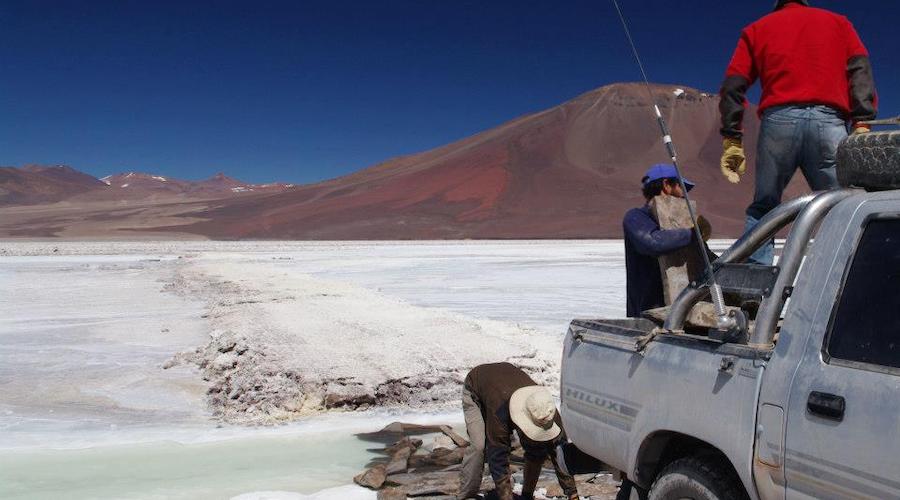
International Lithium (TSXV: ILC) announced that it has been estimated that its Mariana lithium project in Argentina contains 4,410,000 tonnes of lithium carbonate (Li2CO3) equivalent in the Measured and Indicated Resource categories, which is an increase of 253% over the 2017 estimate of 1,248,000 tonnes of Indicated Resource.
In a press release, the miner also said that the project hosts 49,700,000 tonnes of potash-equivalent in the Measured and Indicated Resource categories and an additional 786,000 tonnes of Li2CO3 and 9,260,000 tonnes KCl in the Inferred Resource category.
The Mariana project is operated by a JV between Ganfeng Lithium and International Lithium, with current ownership divided as 86.297% to GFL and 13.703% ILC
“The weight of contained lithium within the Measured and Indicated Resources represents a 253% increase over the 2017 Mineral Resource estimate, and the contained lithium within the Inferred Resources represents a 32% increase over the 2017 figures,” the media brief states.
The resource update was issued after International Lithium received a technical report from strategic partner Ganfeng Lithium Co.
Ganfeng has managed Mariana for the last three years. The company has been experimenting with the optimum process methodology for the project, which now looks likely to be based on solvent extraction.
Previously, Ganfeng, had favoured concentrating brine through natural solar evaporation and shipping the concentrated brine to China, but this method has now been ruled out.
The selective membrane technology approach was considered as well but is also now unlikely to be adopted.
The Mariana project consists of a lithium brine deposit located in Salta, northwestern Argentina. It sits on the Llullaillaco salt flat, which is less than 140 kilometres south of the Atacama salt flat in Chile, the largest producing lithium brine deposit in the world.